Why You Should Visit Morocco
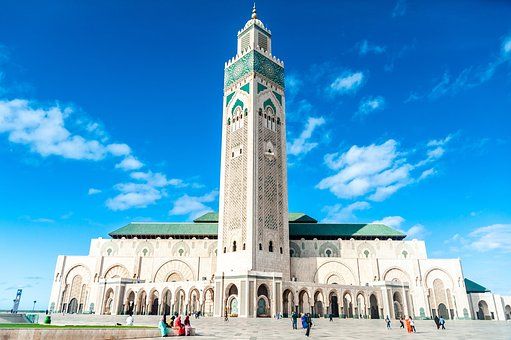
Morocco is a country located in the northwestern region of Africa, bordered by the Atlantic Ocean to the west, the Mediterranean Sea to the north, and Algeria to the east.
It is a diverse and fascinating country, known for its vibrant culture, rich history, and stunning natural beauty.
One of the most famous and recognizable features of Morocco is its architecture. The country is home to a variety of stunning examples of traditional Islamic design, including the iconic minarets and domes that can be seen in many of its cities.
The most famous of these is probably the Hassan II Mosque in Casablanca, which is one of the largest and most impressive mosques in the world.
Another aspect of Moroccan culture that is well-known around the world is its cuisine. Moroccan food is a unique blend of flavors and spices, with influences from a variety of different cultures including Arab, Berber, and French.
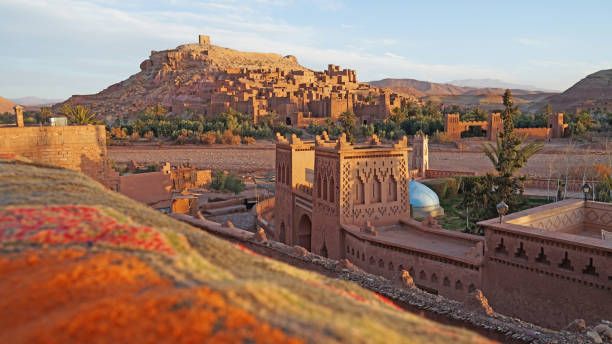
Some of the most popular dishes include tagine, a slow-cooked stew made with meat, vegetables, and spices, and couscous, a staple grain dish that is typically served with meat or vegetables.
In addition to its culture and cuisine, Morocco is also home to some of the most stunning natural landscapes in the world.
From the rugged Atlas Mountains to the sandy beaches of the Atlantic coast, there is no shortage of natural beauty to explore in this country.
The Sahara desert, which covers a large portion of the country, is one of the most awe-inspiring natural wonders in the world.
Perhaps the most charming thing about Morocco, however, is its people. Moroccans are known for their warmth and hospitality, and visitors to the country are often struck by how friendly and welcoming the locals are.
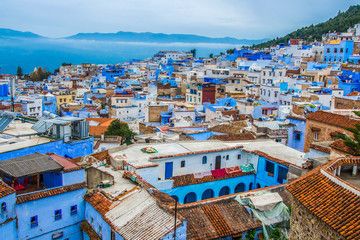
Whether you're exploring the bustling streets of Marrakech or relaxing on a beach in Essaouira, you're sure to encounter locals who are eager to share their culture and way of life with you.
Overall, Morocco is a country that has something to offer everyone. With its rich history, vibrant culture, delicious cuisine, and stunning natural beauty, it is no wonder that it has become such a popular destination for travelers from all over the world.
Reasons to consider visiting Morocco
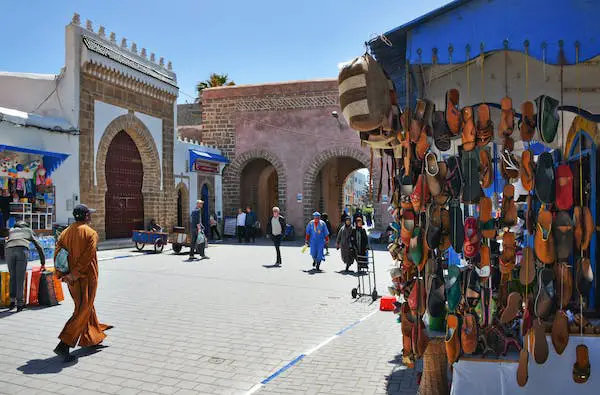
Morocco is a country that boasts an incredibly rich culture and history, stunning natural landscapes, and a warm and welcoming population. Here are some reasons why you should consider visiting this amazing country.
Firstly, Morocco's unique blend of cultural influences makes it a truly fascinating place to visit. The country has been shaped by a wide range of civilizations over the centuries, including the Berbers, Arabs, and French.
This has led to a rich and diverse culture that can be seen in everything from the country's architecture to its cuisine.
Speaking of cuisine, Moroccan food is truly a delight for the senses. The country's signature dishes are a unique blend of spices, meats, and vegetables that are slow-cooked to perfection.
Some of the most popular dishes include tagine, couscous, and harira soup. You won't want to miss out on the opportunity to sample these delicious treats!
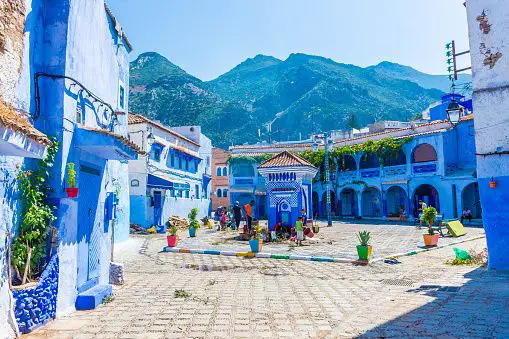
In addition to its culture and cuisine, Morocco is also home to some of the most breathtaking natural landscapes in the world. From the sandy beaches of the Atlantic coast to the rugged Atlas Mountains, there is no shortage of natural beauty to explore in this country.
One of the most awe-inspiring natural wonders is the Sahara desert, which covers a large portion of the country and is home to a variety of unique flora and fauna.
Finally, one of the most compelling reasons to visit Morocco is the warm and welcoming population. Moroccans are known for their hospitality and friendly nature, and visitors to the country are often struck by how eager locals are to share their culture and way of life with them.
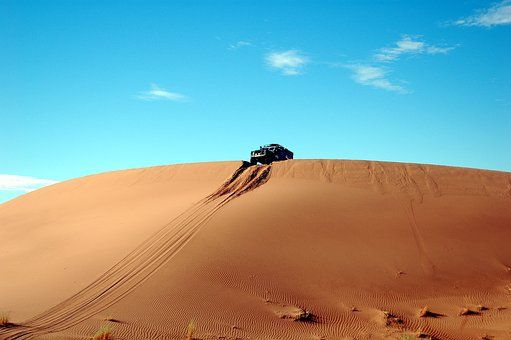
Whether you're exploring the bustling streets of Marrakech or relaxing in a riad in Fez, you're sure to encounter locals who are excited to show you the best that Morocco has to offer.
In conclusion, Morocco is a country that offers a truly unique and unforgettable travel experience. With its rich culture and history, stunning natural beauty, and friendly population, it's no wonder that it has become one of the most popular destinations for travelers from around the world. So why not add it to your list of must-visit places?
Best Time to Visit Morocco
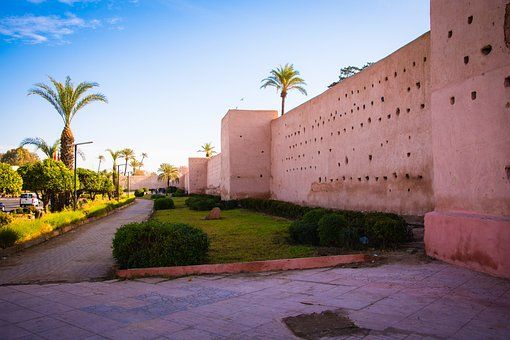
Morocco is a country that can be visited year-round, but the best time to visit depends on the kind of experience you are looking for.
The country has a Mediterranean climate in the north and a desert climate in the south, which means that temperatures and weather conditions can vary greatly depending on the region you are in. Here are some things to consider when deciding the best time to visit Morocco.
The peak tourist season in Morocco is from March to May and September to November. During this time, the weather is mild and pleasant, with temperatures ranging from the mid-60s to mid-70s Fahrenheit (around 18-24°C).
This is a great time to explore the cities and historical sites, as the weather is comfortable and the crowds are not too overwhelming.
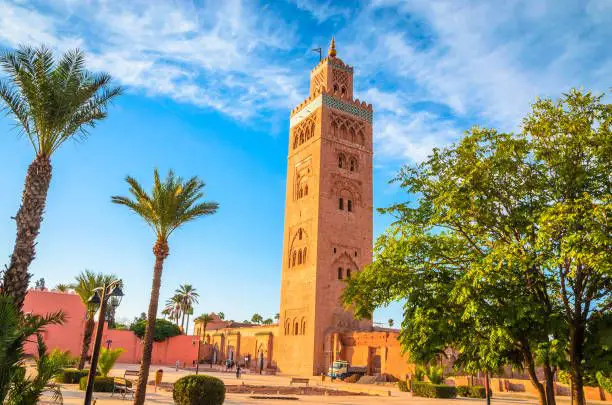
If you're looking to visit Morocco's stunning beaches, the best time to go is during the summer months of June to August.
Temperatures can reach up to the mid-90s Fahrenheit (around 35°C) during this time, but the coastal breeze helps to keep things cool. Be aware that this is also the busiest time of the year, so be prepared for larger crowds and higher prices.
If you're interested in exploring the Sahara desert, the best time to go is during the cooler months of November to February.
Temperatures during this time can drop to below freezing at night, but the days are mild and pleasant. This is a great time to take a camel ride through the dunes or camp out under the stars.

Finally, if you're on a budget, the best time to visit Morocco is during the low season from June to August. While the weather can be quite hot, this is the time when you can find some of the best deals on flights and accommodations. Just be prepared for larger crowds at popular sites and attractions.
In conclusion, the best time to visit Morocco depends on what kind of experience you are looking for. Whether you're interested in exploring the cities, beaches, or desert, there is a time of year that is perfect for your needs. Do your research and plan ahead to make the most of your trip to this amazing country.
Budget-friendly season for visiting Morocco

Morocco is a country of diverse landscapes, rich culture, and fascinating history. From the bustling markets of Marrakech to the vast sand dunes of the Sahara, there is so much to explore and experience.
However, traveling to Morocco can be expensive, and it's important to plan your trip according to your budget. Fortunately, there is a budget-friendly season for visiting Morocco that can help you make the most of your trip without breaking the bank.
The best time to visit Morocco on a budget is during the shoulder seasons, which are the months of March to May and September to November.
During these months, the weather is mild, and the crowds are smaller, making it the perfect time to explore the country's many attractions.
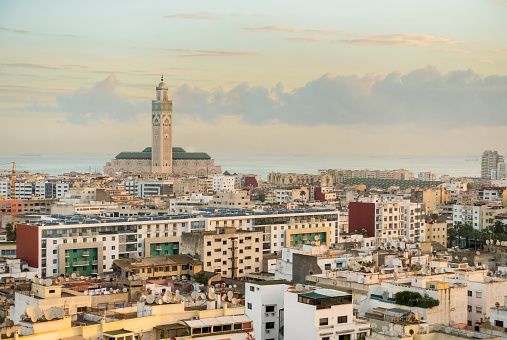
One of the main advantages of traveling to Morocco during the shoulder seasons is the lower cost of accommodation. Many hotels and guesthouses offer discounts during this time, making it easier to find affordable accommodation without sacrificing comfort or quality.
Additionally, with fewer tourists around, it's easier to negotiate prices and find good deals on food, souvenirs, and other expenses.
Another benefit of visiting Morocco during the shoulder seasons is the milder weather. In the summer months, temperatures can soar to over 100 degrees Fahrenheit, making it difficult to explore the country's many outdoor attractions.
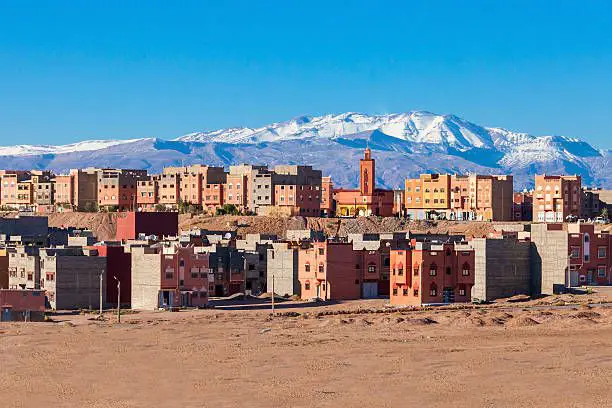
However, during the shoulder seasons, the weather is much more comfortable, with temperatures ranging from the 60s to the 80s. This makes it the perfect time to hike in the mountains, explore the desert, or stroll through the cities and villages.
Finally, traveling to Morocco during the shoulder seasons allows you to avoid the crowds that can overwhelm the country's most popular attractions during the peak tourist season.
The souks of Marrakech and the blue city of Chefchaouen can be particularly crowded during the summer months, making it difficult to enjoy these places to the fullest.
By traveling during the shoulder seasons, you can take your time and experience these attractions at your own pace.
In conclusion, if you're planning a trip to Morocco and want to make the most of your budget, consider visiting during the shoulder seasons. With lower accommodation costs, milder weather, and fewer crowds, you'll be able to explore this beautiful country without breaking the bank.
The Time of Year with the Lowest Tourist Traffic in Morocco
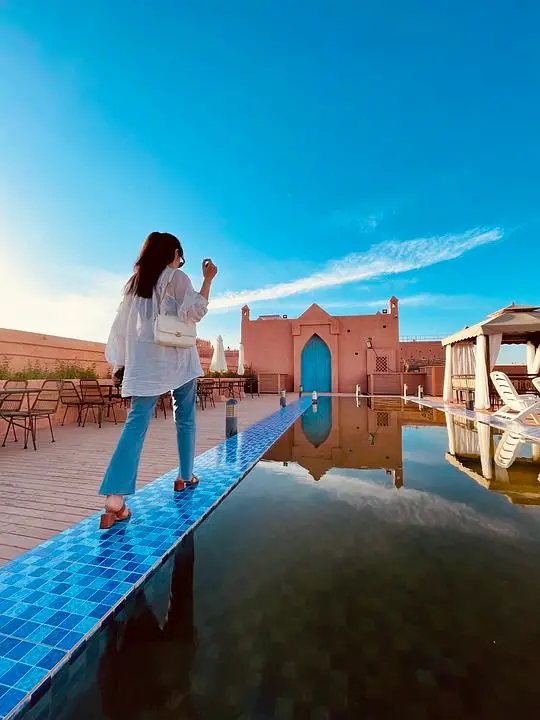
Morocco is a popular tourist destination for people from all over the world, offering a unique blend of African, Arab, and European cultures. While the country is a popular destination year-round, there are certain times of the year that see lower tourist traffic than others.
The time of year with the lowest tourist traffic in Morocco is during the summer months of June, July, and August.
The summer months are typically the hottest time of the year in Morocco, with temperatures often soaring into the high 90s and even reaching triple digits.
For many travelers, the extreme heat can be a deterrent, making the idea of exploring the country's bustling cities and vast deserts less appealing.
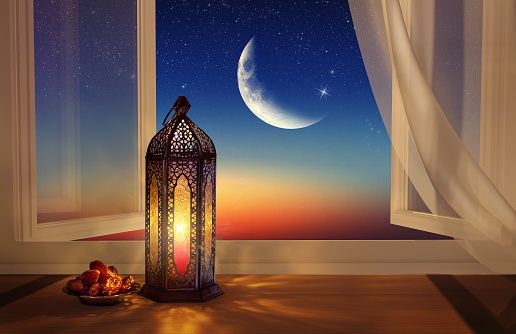
Additionally, the summer months also coincide with the holy month of Ramadan, when many Moroccans fast during daylight hours, and many businesses operate on limited hours, making it difficult for travelers to plan their itinerary.
Despite the lower tourist traffic during the summer months, Morocco still has plenty to offer visitors during this time. The country's coastal cities, such as Agadir and Essaouira, offer a respite from the heat, with cooler temperatures and sea breezes making it a popular destination for those seeking a beach vacation.
Additionally, the country's many natural wonders, such as the Atlas Mountains and the Sahara Desert, can still be enjoyed during the summer months, although travelers should plan their trips carefully and bring plenty of water and sunscreen.
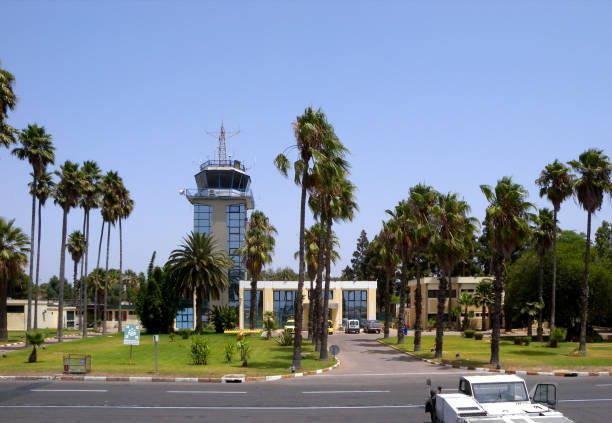
Visiting Morocco during the low tourist season also means that travelers can often find better deals on flights, accommodations, and activities.
With fewer crowds, travelers can enjoy a more authentic experience of the country, interacting with locals and immersing themselves in the culture without feeling like they're part of a tourist crowd.
Plus, with fewer people around, it's easier to take those Instagram-worthy photos without anyone getting in the way!
In conclusion, while Morocco is a year-round destination, the summer months of June, July, and August see the lowest tourist traffic.
Although the extreme heat may be a deterrent for some travelers, those who do choose to visit during this time can enjoy a more authentic experience of the country and take advantage of better deals on travel and accommodations.
Things to Consider When Planning a Trip to Morocco
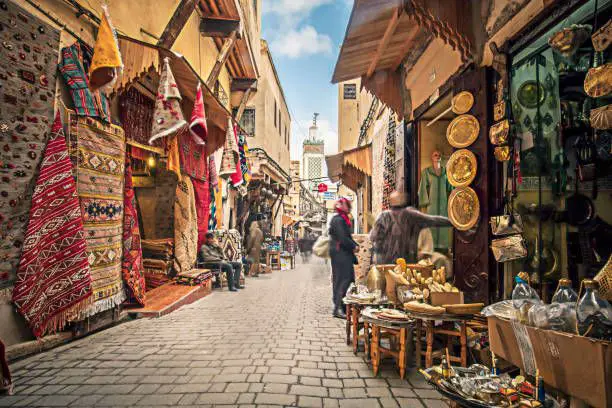
Morocco is a fascinating travel destination that offers a unique blend of cultures, history, and natural beauty. However, planning a trip to Morocco requires some careful consideration to ensure a successful and enjoyable experience.Here are some important factors to keep in mind when planning a trip to Morocco.
Firstly, it is important to research and understand the culture and customs of Morocco before traveling. Morocco is a Muslim country with its own unique traditions and customs, so it is important to be respectful of these customs while traveling there.
This includes dressing modestly, especially in more conservative areas, and being mindful of public displays of affection.
Another important factor to consider is the climate of Morocco. The country experiences a wide range of temperatures depending on the season, so it is important to pack accordingly.
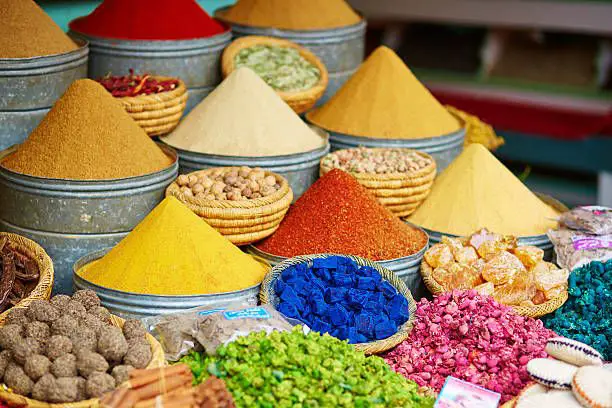
The summer months can be quite hot and humid, while the winter months can be cold and wet. Spring and fall are generally considered the best times to visit, with milder temperatures and fewer crowds.
In terms of accommodation, there are a variety of options available in Morocco, from luxury hotels to budget hostels. It is important to research the different areas and neighborhoods to find the best location for your needs.
For example, the medinas in Marrakech and Fez offer a unique cultural experience, but may not be the best option for those looking for a quieter and more relaxed vacation.
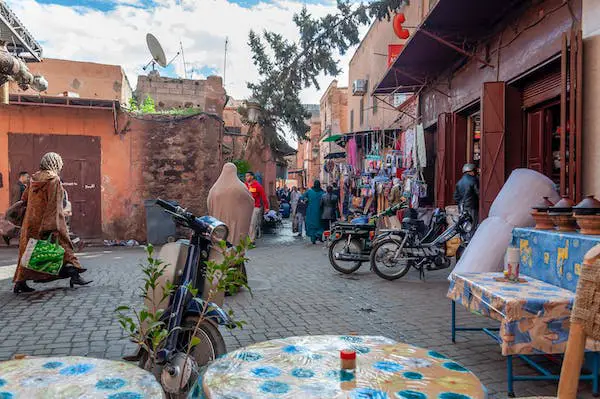
Transportation is also an important consideration when planning a trip to Morocco. The country has a well-developed transportation system, with trains and buses connecting most major cities. However, it is important to be prepared for long travel times, especially if you plan to visit more remote areas.
Finally, it is important to be aware of safety and security concerns when traveling to Morocco. While the country is generally considered safe for tourists, it is important to take precautions such as not flashing valuables and avoiding walking alone at night. It is also a good idea to register with your embassy or consulate before traveling, in case of any emergency situations.
In conclusion, planning a trip to Morocco requires careful consideration of a variety of factors. By researching and understanding the culture, climate, accommodation options, transportation, and safety concerns, you can ensure a successful and enjoyable trip to this fascinating country.
Top Best Places to Visit in Morocco
1. Marrakech
2. Fes
3. Chefchaouen
4. Casablanca
5. Essaouira
6. Rabat
7. Merzouga
8. Tinghir
1. Marrakech
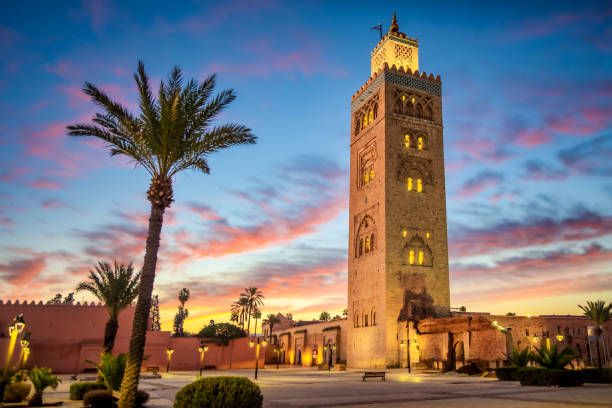
Marrakech is a city located in western Morocco, and is one of the country's major economic and cultural centers. The city is known for its vibrant markets, historic sites, and distinctive architecture.
One of the most famous attractions in Marrakech is the Medina, a UNESCO World Heritage site that is the old city center. The Medina is surrounded by an ancient wall and is filled with narrow, winding streets lined with shops, cafes, and traditional houses known as riads.
Another popular attraction is the Koutoubia Mosque, which is one of the largest mosques in Morocco and features a towering minaret. Visitors can also explore the Bahia Palace, a 19th century palace with beautifully landscaped gardens and ornate interiors.
Marrakech is also famous for its souks, or traditional markets, where visitors can find a wide variety of goods such as spices, textiles, jewelry, and pottery. One of the most popular souks is the Jemaa el-Fnaa, a large square in the heart of the Medina that comes alive at night with street performers, food vendors, and other entertainers.
Overall, Marrakech is a fascinating and vibrant city with a rich history and culture, and offers visitors a unique and memorable travel experience.
2. Fes
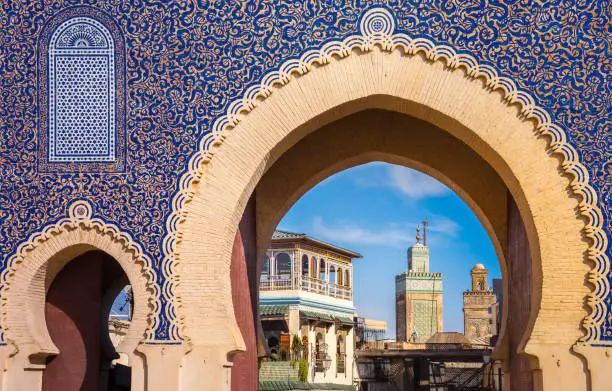
Fes (also spelled Fez) is a city in northern Morocco. It is the second-largest city in Morocco and is considered one of the country's four "imperial cities," along with Marrakesh, Meknes, and Rabat. Fes is known for its well-preserved historic old town, known as Fes el Bali, which is a UNESCO World Heritage site.
Fes el Bali is known for its winding streets, stunning architecture, and bustling markets. One of the most famous attractions in Fes el Bali is the Al-Qarawiyyin Mosque and University, which was founded in the 9th century and is considered the oldest continuously operating university in the world.
Other popular sites in Fes include the Bou Inania Madrasa, the Dar Batha Museum, and the Royal Palace. Fes is also known for its traditional crafts, including pottery, leatherwork, and textiles.
Fes is easily accessible by train from other major cities in Morocco, and the city has its own international airport, Fes-Saïss Airport
3. Chefchaouen
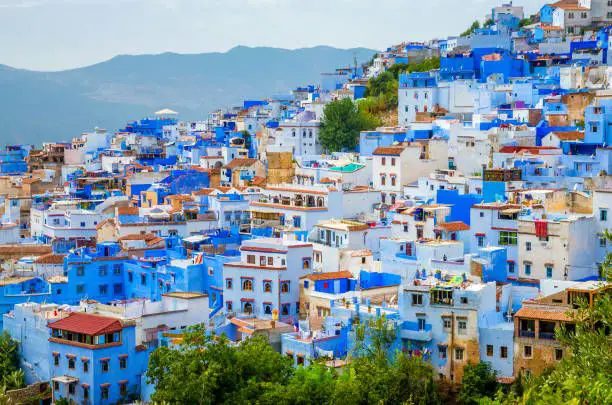
Chefchaouen is a city located in the Rif Mountains of northwest Morocco. It is known for its picturesque blue-washed buildings and narrow, winding streets. The city was founded in the 15th century as a small fortress to fight against the Portuguese invasions of northern Morocco.
Today, Chefchaouen is a popular tourist destination, attracting visitors from around the world who come to enjoy its unique atmosphere and stunning scenery.
The city's blue-washed buildings, which are painted in shades of blue ranging from pale sky blue to deep indigo, create a striking visual contrast against the backdrop of the surrounding mountains.
In addition to its charming streets and buildings, Chefchaouen also has a number of historic landmarks and cultural attractions. The kasbah, or fortress, is one of the city's most notable sites, and features a museum showcasing the history and culture of the region.
The Plaza Uta el-Hammam, a central square in the heart of the city, is another popular spot for visitors to relax and take in the local ambiance.
The region surrounding Chefchaouen is also popular for outdoor activities such as hiking, mountain biking, and rock climbing.
Overall, Chefchaouen is a unique and beautiful destination that offers a memorable experience for travelers looking for a mix of history, culture, and natural beauty.
4. Casablanca
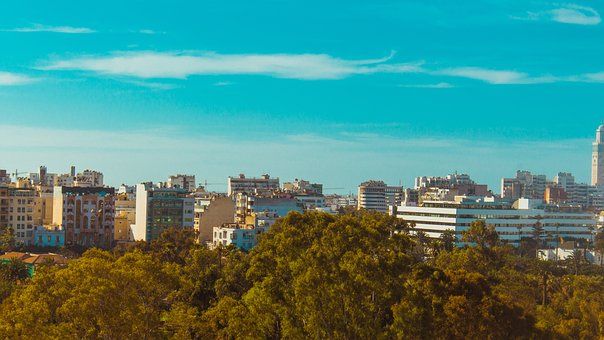
Casablanca is a city located in western Morocco, on the Atlantic Ocean. It is the largest city in Morocco and serves as a major economic and cultural hub for the country.
Casablanca is known for its beautiful architecture, including the Hassan II Mosque, which is one of the largest mosques in the world.
The city has a rich history and was originally settled by Berber tribes before being conquered by the Phoenicians, Romans, and Arabs. In the early 20th century, it became a French protectorate, and its architecture reflects this colonial influence.
Casablanca is also famous for its role in popular culture, thanks in large part to the classic 1942 film of the same name, which is set in the city. The film starred Humphrey Bogart and Ingrid Bergman and has become an enduring classic of American cinema.
5. Essaouira

Essaouira is a city located on the Atlantic coast of Morocco, about 180 kilometers west of Marrakech. It is a popular tourist destination known for its picturesque medina (old town) with its whitewashed buildings, colorful doors and windows, and narrow alleys. The city is also known for its historic ramparts, which offer stunning views of the sea and the city.
Essaouira has a rich cultural history and was once an important trading port for goods such as spices, gold, and slaves. The city has been influenced by various cultures, including Berber, Arab, Portuguese, and French, which is reflected in its architecture, cuisine, and traditions.
Today, Essaouira is a popular destination for tourists who come to enjoy its beaches, water sports, and seafood cuisine. The city is also known for its annual Gnaoua music festival, which attracts musicians and visitors from around the world.
If you plan to visit Essaouira, some of the must-see attractions include the Skala de la Ville (an old fortification), the port area with its vibrant fishing boats and markets, and the beach which is popular for windsurfing and kiteboarding. The medina is also a great place to explore, with its many shops, cafes, and art galleries.
6. Rabat
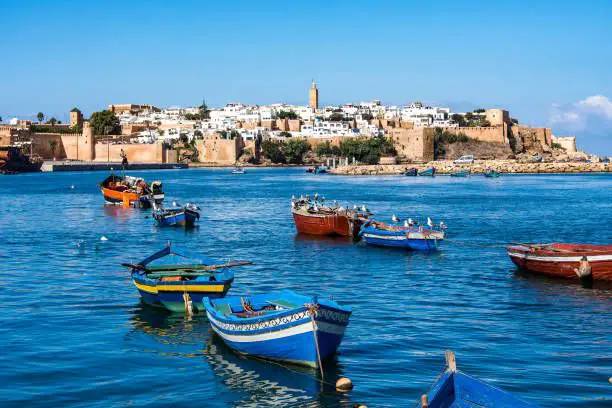
Rabat is the capital and the second-largest city of Morocco, located on the Atlantic Ocean in the northwestern part of the country. The city has a population of approximately 1.8 million people and is the political and administrative center of the country.
Rabat has a rich history and is home to many historical landmarks and monuments, including the Kasbah of the Udayas, the Hassan Tower, and the Chellah Necropolis. The city is also known for its traditional souks, where visitors can shop for local handicrafts, clothing, and spices.
As the capital city of Morocco, Rabat is the seat of the government and home to many international organizations, including the United Nations' Economic Commission for Africa and the Arab League.
The city is also an important economic and cultural center, with a thriving arts and music scene, as well as a number of universities and research institutions.
7. Merzouga
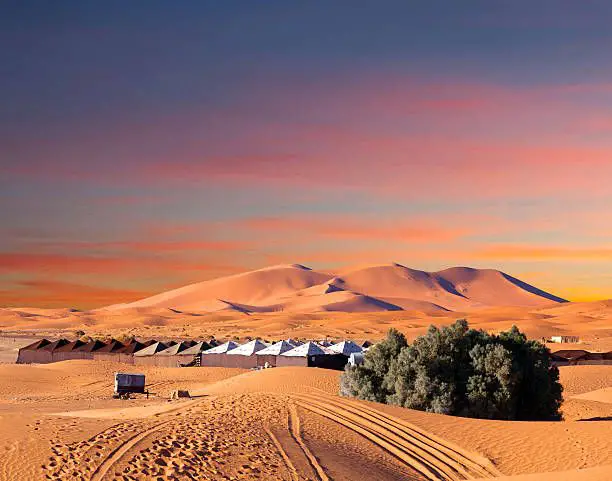
Merzouga is a small village located in the southeastern part of Morocco, about 50 kilometers from the Algerian border. It is best known for its stunning sand dunes, which are among the highest in North Africa and attract many visitors to the area.
The dunes of Merzouga are part of the Erg Chebbi, a vast expanse of sand that covers over 50 kilometers and reaches heights of up to 150 meters. Visitors can explore the dunes on foot, by camel or by 4x4, and enjoy activities such as sandboarding, stargazing, and traditional Berber music and dance performances.
In addition to the natural beauty of the area, Merzouga is also known for its vibrant culture and hospitality. The local Berber people are known for their warm welcome and for sharing their traditions and way of life with visitors.
Merzouga is a popular destination for travelers looking to experience the beauty and culture of Morocco's Sahara Desert.
8. Tinghir
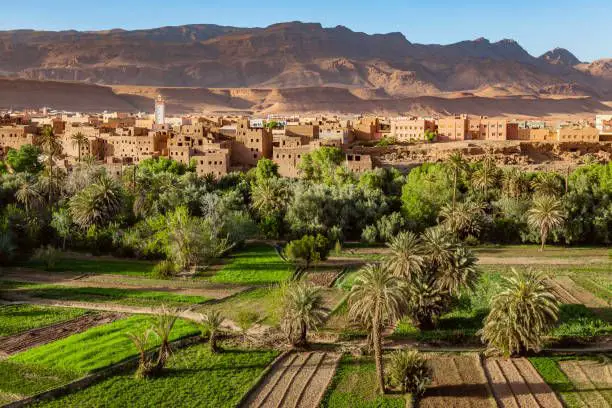
Tinghir is a small town located in the Tinghir Province of eastern Morocco. It's situated in the heart of the stunning Todra Gorge, which is a popular destination for hikers, climbers, and outdoor enthusiasts. The town is surrounded by breathtaking natural scenery, including towering cliffs, winding rivers, and lush green oases.
One of the highlights of Tinghir is the Todra Gorge, which is one of the most beautiful and dramatic canyons in Morocco. The gorge is a popular destination for hiking, rock climbing, and sightseeing, with its towering walls and crystal-clear river. Visitors can also explore the surrounding oases, where date palms and fruit trees thrive in the arid climate.
Tinghir is also known for its traditional Berber culture, which is still very much alive in the region. Visitors can explore the local markets and souks, where they can find unique handicrafts, textiles, and other goods made by local artisans.
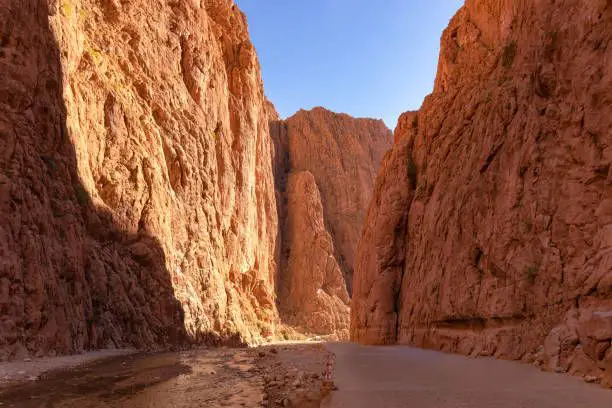
The town is also home to several ancient kasbahs and other historic landmarks, which provide a glimpse into the area's rich history and culture.
For those interested in history, Tinghir is home to the Jewish Mellah, an old Jewish quarter that dates back to the 15th century. The Mellah is a unique part of Tinghir's history, and visitors can explore the narrow streets and alleys, which are lined with beautiful old houses and synagogues.
Overall, Tinghir is a beautiful and unique destination in Morocco, offering stunning natural scenery, rich cultural heritage, and plenty of opportunities for adventure and exploration.
Whether you're a hiker, a history buff, or simply looking for a peaceful retreat, Tinghir has something to offer everyone.
9. Ouarzazate
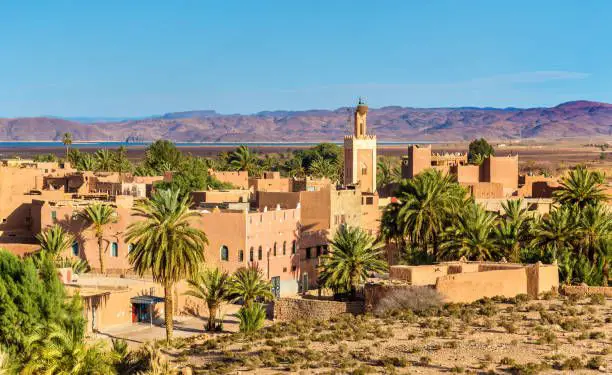
Ouarzazate is a city in southern Morocco, located at the foothills of the Atlas Mountains. It is known as the "door of the desert" due to its proximity to the Sahara desert. Ouarzazate is a popular tourist destination, especially for those interested in exploring the surrounding desert landscapes and historical sites.
One of the main attractions in Ouarzazate is the Kasbah Ait Ben Haddou, a UNESCO World Heritage Site and an ancient fortified city made of earthen materials.
The Kasbah has been featured in many films and TV shows, including "Game of Thrones," "Gladiator," and "Lawrence of Arabia."
Another popular attraction in the area is the Atlas Film Studios, one of the largest movie studios in the world. Many international productions have been filmed there, such as "The Mummy," "Kingdom of Heaven," and "Babel."
Ouarzazate also has a vibrant traditional souk (marketplace), where visitors can find local crafts, textiles, and spices. The city is also a hub for outdoor activities, such as hiking, quad biking, and camel trekking
10. Meknes
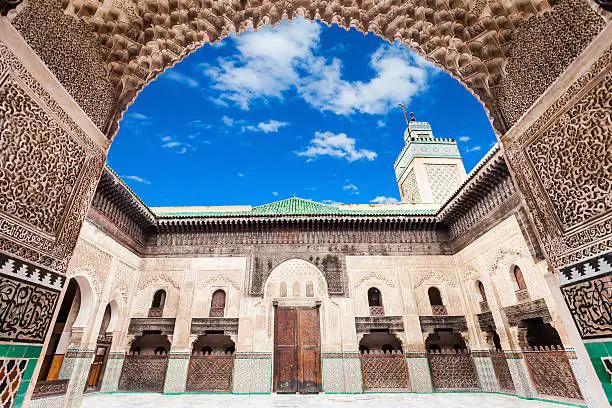
Meknes is a city located in northern Morocco, situated about 130 kilometers east of the country's capital, Rabat. With a population of over 1 million people, Meknes is the sixth largest city in Morocco and is known for its rich history, architecture, and cultural heritage.
Meknes was founded in the 11th century by the Almoravids, and later served as the capital of the Moroccan Empire under the reign of Sultan Moulay Ismail in the 17th century.
During this time, Meknes became a center of commerce, culture, and Islamic scholarship, and many of its most famous landmarks were built, including the massive walls surrounding the city and the monumental gate of Bab Mansour.
Today, Meknes remains a popular tourist destination, with many visitors drawn to its historic medina (old town), which features winding alleyways, bustling souks (markets), and ornate mosques and palaces.
The city is also known for its wine production and its annual International Volubilis Festival, which celebrates the region's cultural heritage.
